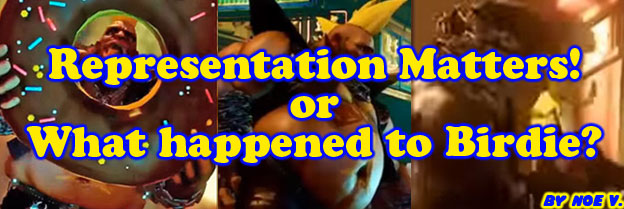
Capcom has to do a better job at representing minority characters in their gaming franchises. In recent years the quality of the design choices have been questionable.
It's just a game.
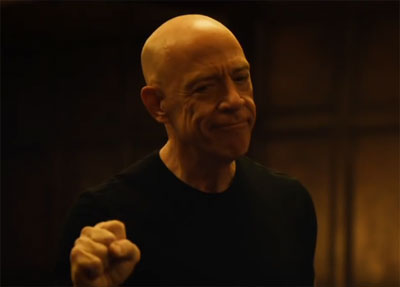
No.
Street Fighter is the definitive fighting game series. The genre that it represents is now over 30 years old. The series did not appear out of thin air moreover, the developers at Capcom were following a new trend and trying to improve on it. The forefathers of Street Fighter were Karate Champ and Kung-Fu Master by Data East, released in 1984, as well as Yie Ar Kung-Fu by Konami, released in 1985. Street Fighter, released in 1987, was developed by Takashi Nishiyama. He happened to be the producer on Kung-Fu Master, and after his stint at Capcom he went on to work at SNK and help develop the Neo Geo arcade platform as well as Fatal Fury, Art of Fighting, Samurai Showdown and the King of Fighters series. Nishiyama should be remembered as the godfather of the fighting game genre. Street Fighter set itself apart from the crowd early on. It had amazing graphics, unique controls and a fantastic library of characters. It became one of the few titles played by several generations and is one of a few franchises that is currently being enjoyed by kids, parents and even grandparents.
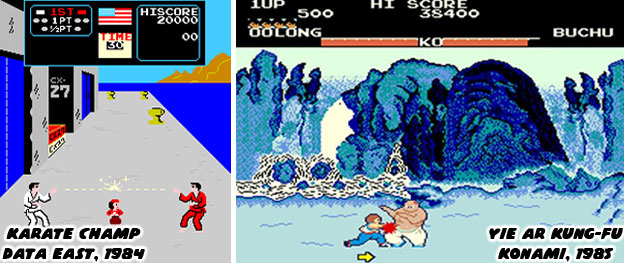
When Street Fighter II was released in 1991, produced by Yoshiki Okamoto, it became a global sensation. The series made over $2 billion in sales with arcade and console versions added up. Over 14 million copies of Street Fighter II were sold on the consoles and sparked the love of an entire generation. The more recent version of Street Fighter, Street Fighter IV released in 2008, has sold over 8 million copies. These are global sales. Each copy of the game may be played by a friend or family member, in essence double or tripling the audience. Every revision of the series, including Ultra and Super Street Fighter IV may have easily reached 20 million people or more. Now imagine how much of an impact the series as a whole has had on the global community.
If you were to count every game featuring Street Fighter characters, including the crossover titles, Capcom has sold over 30 million copies. In three decades how many people have played or even been influenced by Street Fighter? Perhaps 50 million, maybe even 100 million? It is possible that the game has reached many more people than that. The genre may rise and fall in popularity, just like any other genre, but it seems to have reached a plateau where it has finally reached a permanent following. When a country hosts a fighting game tournament players from around the world are invited and often attend. The biggest matches, like Evolution in Las Vegas, draw thousands of participants from dozens of nations. They bring in thousands more as fans and draw hundreds of thousands of spectators online to watch as the matches stream live. The majority of the time the most viewed tournaments are those where Street Fighter is played. Even non-game players are familiar with the franchise. Very few gaming companies could claim to have created a brand with as much recognition.

I get worked up when people try to patronize the franchise and say that Street Fighter is only a game. That somehow the game is not worth discussing, debating and even criticizing. Street Fighter has been around for decades, from a pop culture standpoint it has paid its dues and is deserving of some respect. The series has influenced the entertainment industry, it has transformed game players into celebrities, and has even introduced new words into our language. To say that Street Fighter is only a game is akin to saying that Mickey Mouse is only a cartoon mascot, or that Captain America is only a comic book character. Those figures are icons, they are global ambassadors and represent something much more than a drawing. In a similar way the fighters in Street Fighter represent the pinnacle of the various fighting arts. They are snapshots of a particular culture and could teach developers a great deal about making universally recognized figures. The fighters are such popular figures that many fans (myself included) often dress up like them at conventions and events. The characters are so well regarded that men and women from every ethnic group dress up as the icons. Sometimes women dress up as male characters and sometimes men dress up as the female characters. What other series could claim that level of devotion? The love of the franchise is so deep that few within the community question this level of dedication.
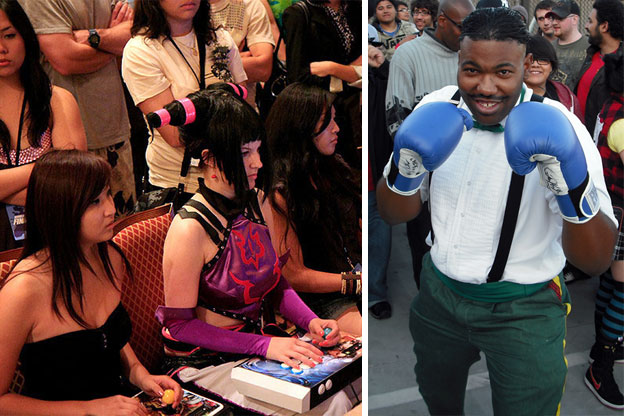
Yet in recent years Capcom has steered away from the elements that made their original "World Warriors" such iconic figures. Let's take a look at one of the returning characters announced for Street Fighter V and see what the current group of developers has done to the him. Birdie was a British punk character from the original Street Fighter. He was a non-playable character and absent in Street Fighter II. He did not return until Street Fighter Zero / Alpha in 1995. When players saw him again he had received a radical makeover. Of course one of the biggest changes was his skin color. Birdie had gone from white to black. There were many other details that set apart the new Birdie from the old Birdie. His costume retained the boots, pants and vest but each had changed slightly. His pants were now leather instead of denim and not torn, his boots were very exaggerated with an upturned pointy toe and his vest had a long spiky collar. He now sported jewelry, including a large number of rings that doubled as brass knuckles. A pair of over-sized handcuffs were worn as bracelets, and apparently Birdie had broken the chain on them and wrapped them around his massive forearms. Birdie now sported a tattoo, a large heart on the side of his head. He retained his trademark Mohawk hairdo, only now he had a circle cut out of the middle of it. He was certainly an attention grabber from a visual standpoint but Birdie had much more depth to him.
Players discovered that Birdie had a unique collection of brawling and grappling attacks that complimented his frame. He had a powerful headbutt attack in the original Street Fighter and a new library of moves was built around that attack in SF Zero. In the game endings players could see him breaking down steel doors using his head. This was nothing to laugh at. To round out his moves he could wrap up opponents in his chain and slam them to the ground. For a large person Birdie was fairly quick. He balanced out characters like gang member Sodom and the Russian wrestler Zangief. Birdie developed a following among players for his moves as well as for his personality. In game animation and official character art Birdie had a light side. He would comb out his hair as an in-game taunt and sometimes even lick the chain on his arm. His character art used very exaggerated proportions to make him appear freakish. He had a powerful upper torso but his legs looked very skinny by comparison. These exaggerated proportions would be applied to every character in the game. The designs were created by Bengus, my favorite Capcom artist. These designs influenced many other fighting games by rival studios.
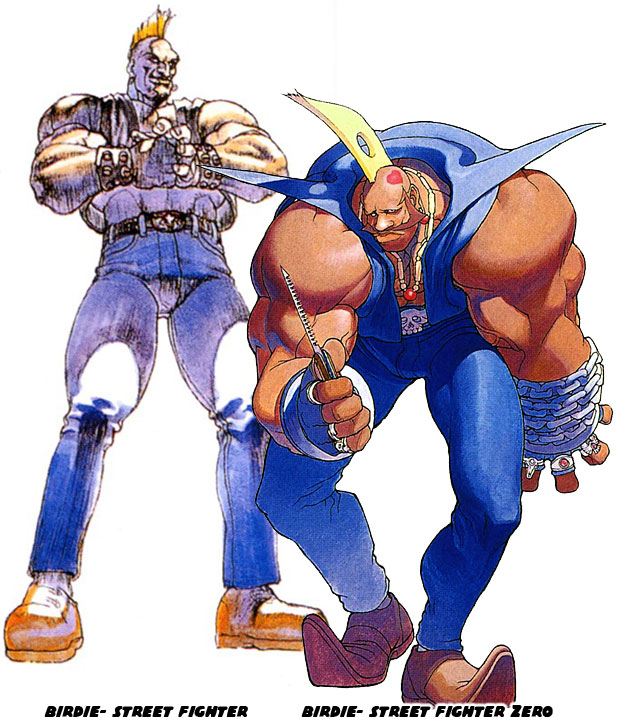
Punks were not a new concept in the gaming, especially not for Capcom. In the 1988 game Forgotten Worlds there was a futuristic soldier (known only as Player-2) that was also dark-skinned and sported a Mohawk. A year later Capcom released Final Fight, originally titled Street Fighter '89. In it there were two punk characters, J and Two P (a send-up of the name Player-2) that fought the heroes. They were members of the Mad Gear Gang and had very bright costumes which were very over-the-top for gang characters. During this time the Japanese developers were experimenting with Western character designs. They were incorporating costumes and trends that they had seen in cult action movies like Escape From New York (John Carpenter, 1981) and Streets of Fire ( Walter Hill,1984). Jumpsuits, leather jackets, hoodies, long coats, and neon color were not usually seen on the streets of Japan. While the point of reference was a little dated by the time the games came out the characters were a unique contribution from the designers.
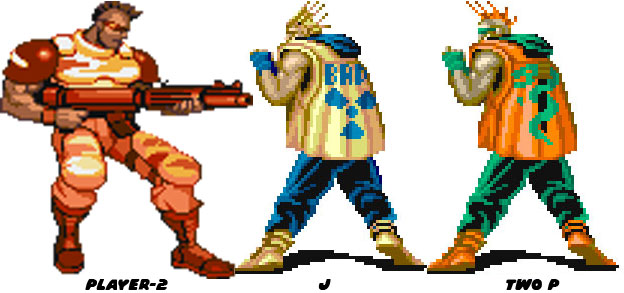
Capcom never forgot the influence of punk culture on the Street Fighter series. When Street Fighter III debuted in 1997 there were a few punks loitering on the streets of London. The stage was designed to bring in heavy British themes. The cobblestone road, bridge and buildings were Victorian in appearance. A silhouette of Sherlock Holmes, advertising the Sherlock Holmes pub was on a sandwich board sign. Some of the characters standing in the background looked like they had come from a Charles Dickens story. Only a few elements put the city in a modern context. The Mini Cooper parked on the side of the road and the punk characters hanging out near a post box. Even with this long-running tradition of showing punk culture Birdie was the first and in my opinion the best punk character in any series.
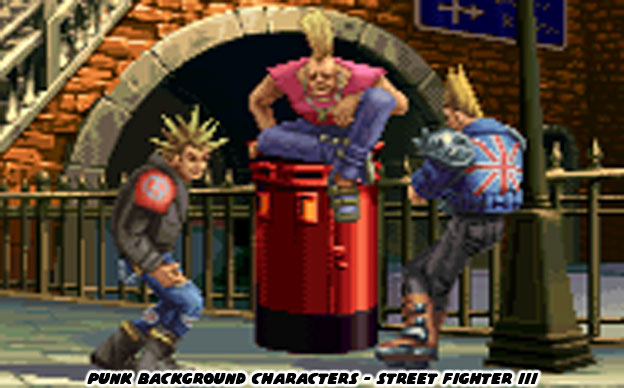
The popular fighting game site asking fans to vote on which character they would like to see in Street Fighter V. Birdie was actually #15 on the list, ahead of 50 other popular characters. Over the past few years Capcom has released surveys in the US and Japan to find out which characters fans like best. These surveys have undoubtedly influenced which characters get to return in a franchise title, like Street Fighter V. When it was announced that Ryu and Chun-Li would be returning characters most players were not surprised. They were the first two characters that were in development with the announcement of Street Fighter IV a few years earlier. The big surprise came with the announcement that Birdie would be returning. I was elated at the news. I was always a big fan of Birdie and looked forward to his inclusion in the newest game. Unfortunately that elation would quickly turn to disappointment. It seemed that Birdie had become a joke character for the new developers.
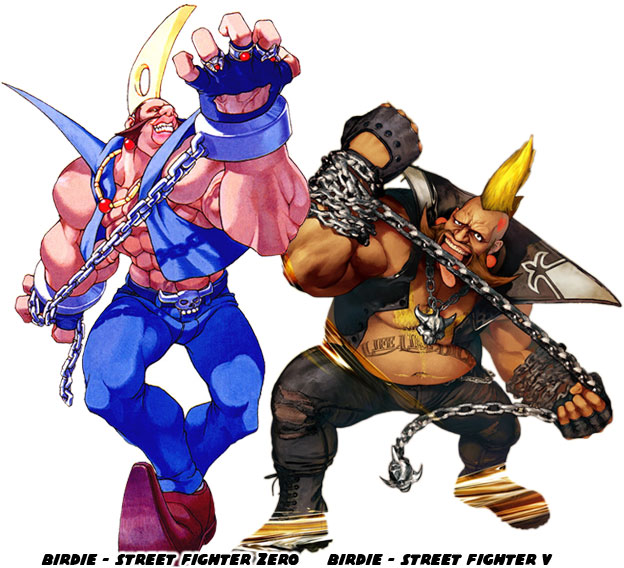
I would reserve my final judgement until I saw and played the character in person. Thankfully I would get a chance to do so at the 2015 E3, the first playable unveiling of the character. I will highlight my issues with the redesign in the next blog. As always if you enjoyed this blog and would like to sponsor me please visit my Patreon page and consider donating each month, even as little as $1 would help make better blogs and even podcasts!

No comments:
Post a Comment